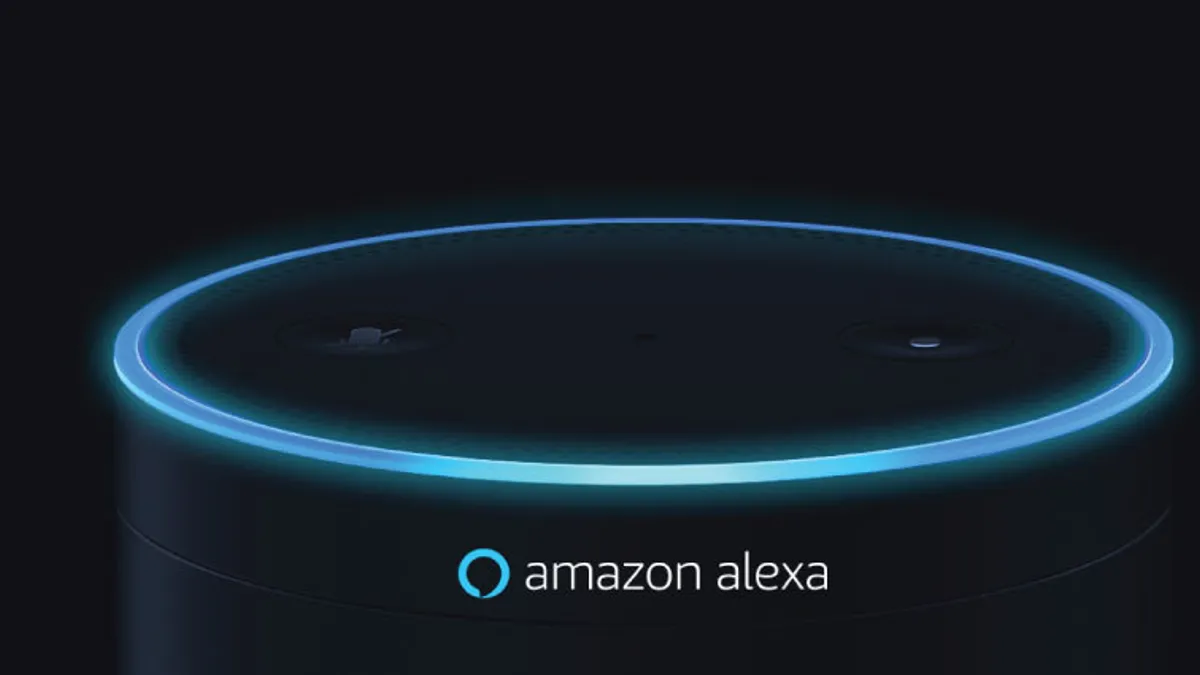Dive Brief:
- As consumers increasingly turn to voice-command technology, chatbots and other artificial intelligence platforms, brand marketing will become less of a factor in determining consumers’ purchase decisions, according to an article by WD Partners that was reprinted on Retail Wire.
- Remote ordering on what WD Partners calls “brand agnostic” platforms disrupts the traditional path to purchase and creates a new “moment of truth” in which a purchase is determined, according to the research firm. If a shopper simply asks for a “bag of tortilla chips,” how does an algorithm determine what to order or how to present choices to the consumer?
- Without exposure to packaging, signage and other marketing messages typically found in-store, price and delivery time may become determining factors for consumer purchases. WD Partners recommends brands go directly to consumers using their own channels or those run by their retailer partners.
Dive Insight:
Just as slotting fees help big-name brands claim prime shelf space and Google Ads place paid links at the top of internet searches, a pay-for-play model might factor into this next generation of artificial intelligence platforms. If a shopper asks for tortilla chips, Tostitos might be the preferred brand — or whichever brand shells out the most money to take the top spot. The end result could very well favor deep-pocketed mainstream brands. Or, depending on the platform, it could favor private label products.
The article by WD Partners seems to suggest that artificial intelligence platforms like Alexa may eventually select and order products for consumers based on vague commands like “buy toilet paper.” This seems problematic because it takes all agency away from the consumer. What happens if a shopper doesn’t like the kind of toilet paper the device orders? And how does a program sort through all the variables that factor into premium, regular and value-brand?
What seems more likely is an integration of these platforms with personal profiles. That’s how Alexa currently works: Shoppers order a product and the device searches through their shopping history to find preferred items. Underlying the order is a shopping experience — perhaps even an in-store shopping experience — subject to the sort of brand loyalty and marketing efforts consumers have long relied on.
With more purchase decisions happening outside the store, CPG companies are working harder to reach consumers in their homes, on their computers, mobile devices and elsewhere. In addition to digital and television advertising, many are turning to direct-sales channels like websites and special portals on retailers like Amazon.
Although direct channels can boost profits and brand engagement, it’s difficult to draw consumers to them. The beauty of in-store retail is its ability to showcase a multitude of products and marketing efforts. As sales continue moving online and onto devices like Alexa and Google Home, brands must develop new ways to engage shoppers and reach them at these new moments of truth.










